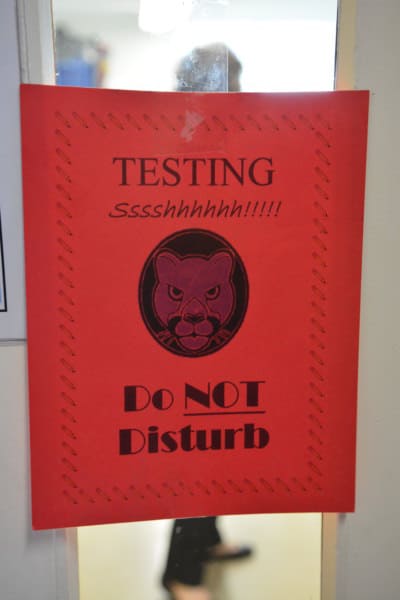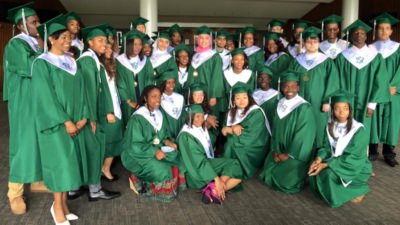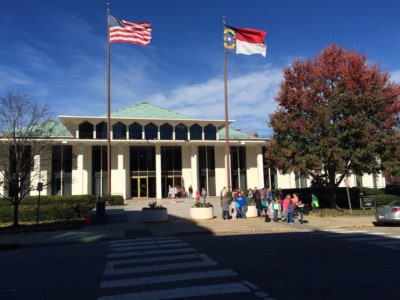Of the North Carolina educators who responded to the 2016 N.C. Teacher Working Conditions Survey, almost 87 percent said their schools were good places to work and learn.
About 86 percent of state teachers in public schools responded to the survey on their working conditions, which was presented at the State Board of Education meeting last week.
“Results from previous years’ surveys have provided education policymakers and school leaders a robust roadmap to guide positive change and strengthen professional development, school improvement plans, and teacher and administrator evaluations,” said State Superintendent June Atkinson in a press release.
The New Teacher Center, a national nonprofit organization, conducts the anonymous survey every two years and asks teachers, counselors, principals and administrators to complete it online. And about 84 percent of surveyed teachers said their school used the 2014 data as a tool for school improvement.
The results, which can be found here, are broken up into several categories, including use of time in school, facilities and resources, community support and involvement, managing student conduct, teacher leadership, school leadership, professional development, instructional practices and support, and overall assessment.
Out of those sections, statements on time use had the lowest average approval. On average, about 70 percent of public school educators agreed with positive statements such as saying the educators have enough time to devote to students and collaborate with colleagues. Only 62 percent of teachers who filled out the survey said that class sizes are reasonable and conducive to meeting the needs of their students. About 65 percent of teachers agreed that “efforts are made to minimize the amount of routine paperwork teachers are required to do,” compared with 57 percent in 2014.
By far the least agreed with single statement was that “state assessments accurately gauge students’ understanding of standards.” Forty-three percent of surveyed teachers agreed. That’s down from 44.5 percent in 2014.
The sections with the most positive response were community support and involvement, and school leadership. The average agreement percentage to questions on both sections was almost 85 percent.
Community support and involvement included statements about parent involvement and community members’ support in the school. School leadership focused on the atmosphere that school leaders create and teachers’ relationships with school administrators.
Some schools with 100 percent participation rates in the survey are receiving funds from the state Department of Public Instruction, who partnered with the N.C. Business Committee and several corporate donors. Four schools and one district — Edenton-Chowan Public Schools — were randomly picked to receive $1,000 in cash.
Schools with a response rate of 40 percent or higher will receive a report on the results of the survey at their school to use as they wish. Answers are also divided by school system here.






